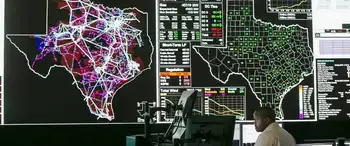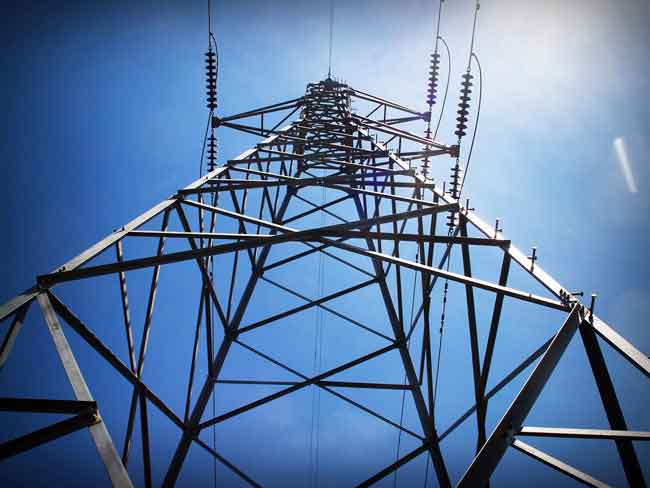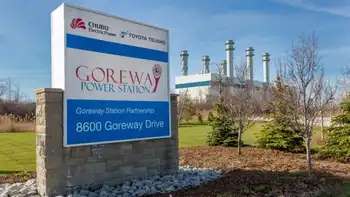California utilities lead solar boom
By Environment News Service
Arc Flash Training CSA Z462 - Electrical Safety Essentials
Our customized live online or in‑person group training can be delivered to your staff at your location.

- Live Online
- 6 hours Instructor-led
- Group Training Available
Pacific Gas and Electric Company, based in San Francisco, was the most solar integrated utility for the year 2008, interconnecting 85 megawatts of new capacity, more than 44 percent of the total reported by the 92 utilities surveyed.
With almost 30,000 photovoltaic systems installed, Pacific Gas and Electric has connected more solar customers to the electric grid than any other utility company in the country, about half of the installations across the country.
Ranked second and third were Southern California Edison and San Diego Gas & Electric, rounding out a sweep of the top three spots by California investor owned utilities.
Utilities are making major investments to increase the amount of solar energy in power portfolios, with many utilities doubling the amount of solar power in their portfolio in just one year, according to the association, which is made up of over 550 utilities and solar industry members.
The "2008 Top Ten Utility Solar Integration Rankings" report shows an average increase of two megawatts per participating utility during 2008. Two megawatts is enough to offset the use of over 300 homes on an annual basis.
"This yearÂ’s report demonstrates that solar electricity is finally on the radar screen of utilities across the country," said Julia Hamm, executive director of the Solar Electric Power Association.
"Solar plants large and small are ready for significant build-out, and the utility industry is moving quickly toward mass adoption to meet a variety of business needs," said Hamm.
Renewable portfolio standards, impending carbon policy, and fluctuating costs of power generation and fuel resources top the list of drivers towards improved utility perception of solar electric options.
"Residential and commercial photovoltaic projects will continue to be important stimulants for job creation and small business growth, but they will be complemented by large-scale photovoltaic and concentrating solar power projects," said the report's author Mike Taylor, director of research and education at SEPA. "The variety of ways solar power is being implemented signals an increased maturity in the market."
In the category of total solar watts per customer, utilities added an average of 33 watts per customer, or the equivalent of one residential-sized system for every 90 customers. However, the median utility added about one watt per customer, which Hamm says shows that watt-per-customer growth is still concentrated in certain utility markets.
In this category, the San Francisco Public Utilities Commission, SFPUC, a water utility that provides electrical generation to its municipal buildings, ranked first with almost 2700 watts per customer for its 340 customer sites. SFPUC has invested in many solar photovoltaic projects with the assistance of state incentive programs to achieve this coverage for its city buildings.
Second and third were Kauai Island Utility Cooperative in Hawaii and Palo Alto Utilities in northern California.
On a cumulative solar megawatt basis, Southern California Edison was ranked first, followed by Pacific Gas & Electric and NV Energy, a Nevada utility.
Cumulatively in watts per customer, SFPUC ranked first again, followed by the Port of Oakland, and Southern California Edison.
Both the SFPUC and the Port of Oakland are not electrical utilities in the traditional sense, serving residential and commercial customers, but entities that procure electricity for their municipal and port accounts.
For the first time this year, the report provided separate rankings for what was installed in calendar year 2008 and what was installed cumulatively up through the end of 2008.
The utilities surveyed had an average of 11 megawatts in their cumulative portfolios, and the Top Ten utilities represented 93 percent of all solar capacity. Because of their head start, says the SEPA report, the large investor owned utilities in California are likely to retain a lead in the overall cumulative rankings even as the year-to-year rankings shift.












